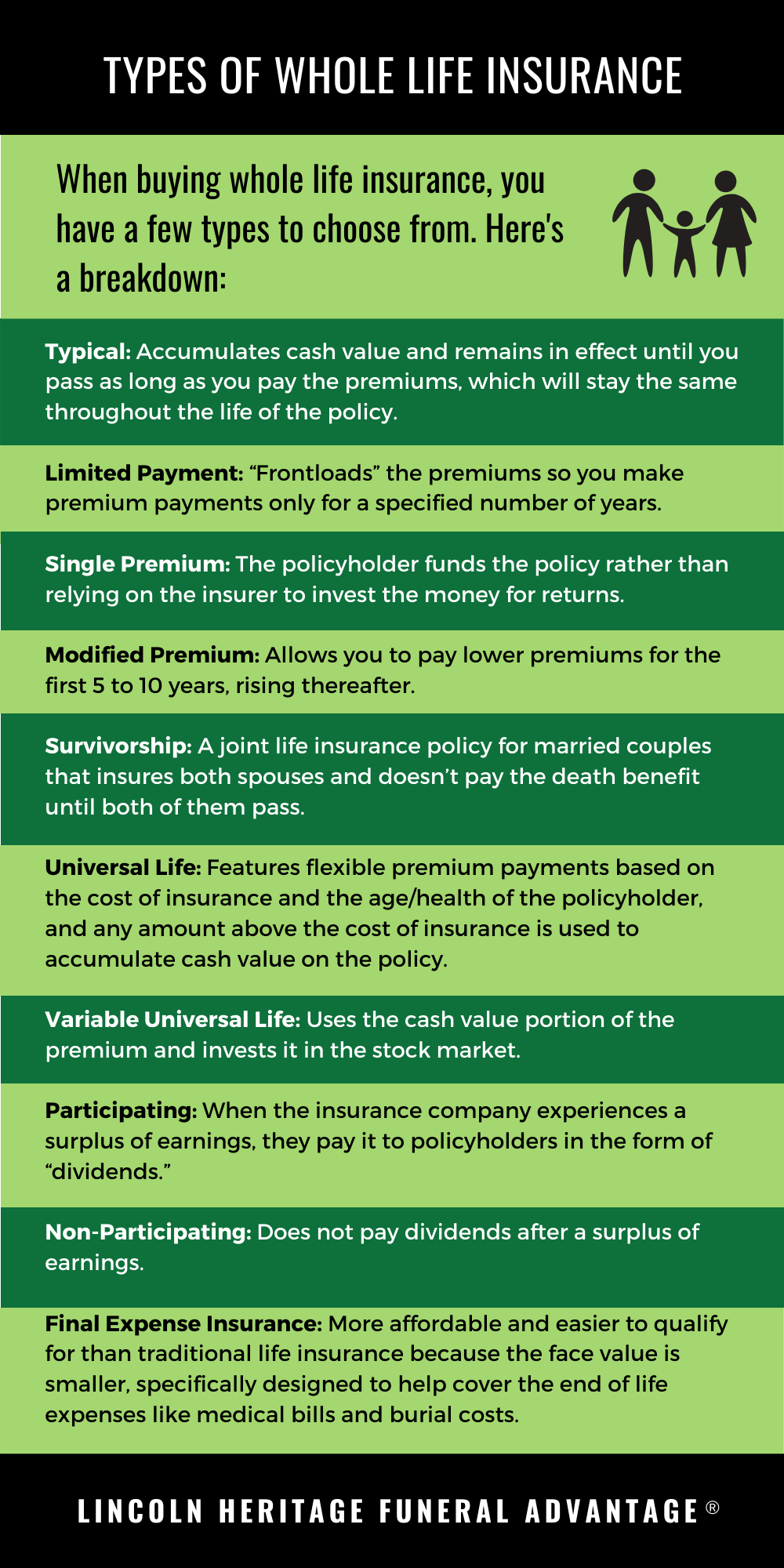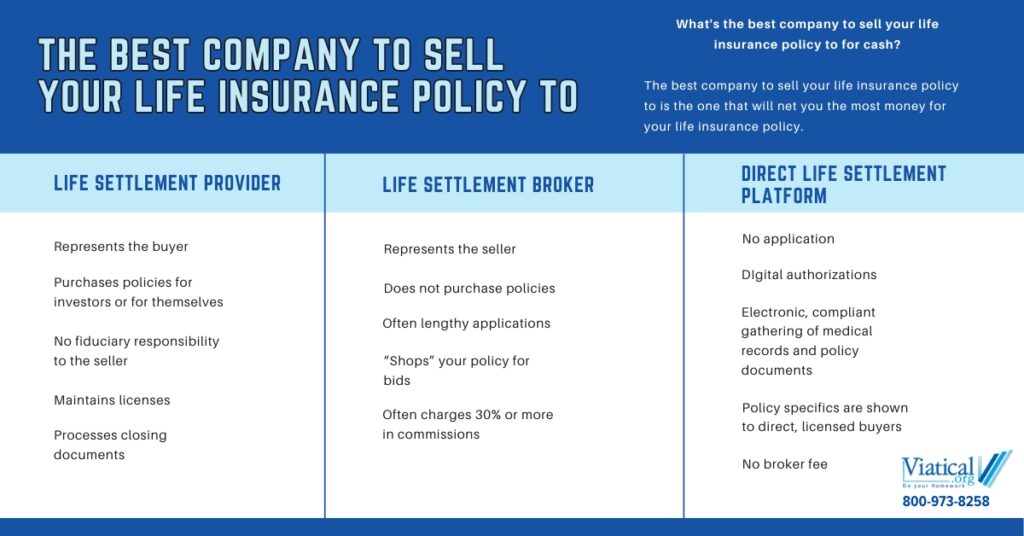Introduction
Car and motorcycle accidents are a major concern, taking a heavy toll on lives worldwide. According to the World Health Organization, road traffic accidents claim the lives of approximately 1.35 million people annually. A significant proportion of these fatalities involve cars and motorcycles, highlighting the urgent need to address this issue.
Causes of Car and Motorcycle Accidents
Car and motorcycle accidents result from a complex interplay of factors. One of the most significant is human error, which accounts for a vast majority of crashes. Factors such as distracted driving, speeding, driving under the influence, and fatigue contribute to the occurrence of accidents. Moreover, poor road conditions, inadequate lighting, and lack of proper signage can exacerbate the risk of collisions. Additionally, mechanical failures and vehicle defects can occasionally play a role in causing accidents.
Distracted driving has emerged as a particularly alarming issue. The use of cell phones, texting, and other electronic devices while behind the wheel significantly impairs drivers’ attention, reaction times, and overall control of their vehicles. This dangerous behavior has been linked to a substantial increase in the number of car and motorcycle accidents. Research suggests that even momentary lapses in attention can have catastrophic consequences, dramatically increasing the likelihood of a crash.
Speeding is another major contributing factor to car and motorcycle accidents. When drivers exceed the posted speed limits, they have less time to react to unexpected situations and are more likely to lose control of their vehicles. Moreover, the force of impact in a collision is directly proportional to the speed of the vehicles involved. Therefore, even a slight increase in speed can significantly worsen the severity of an accident.
Driving under the influence of alcohol or drugs is another reckless behavior that greatly increases the risk of accidents. Impaired drivers have diminished coordination, judgment, and reaction times, making them a danger to themselves and others on the road. Alcohol and drug use impair a driver’s ability to make sound decisions, perceive hazards, and operate their vehicle safely, significantly increasing the likelihood of a crash.
Fatigue is another common factor in car and motorcycle accidents. Drowsy drivers have reduced alertness, slower reaction times, and impaired decision-making abilities. As a result, they are more likely to make errors, such as failing to notice traffic signs or drifting out of their lane, which can lead to accidents.
In addition to human factors, environmental conditions can also play a role in causing car and motorcycle accidents. Poor road conditions, such as potholes, uneven surfaces, and slippery pavement, can make it difficult for drivers to maintain control of their vehicles. Inadequate lighting, particularly at night, can reduce visibility and make it harder for drivers to see potential hazards. Lack of proper signage can also contribute to accidents, especially in unfamiliar areas where drivers may be unsure of the road layout.
Mechanical failures and vehicle defects can occasionally contribute to car and motorcycle accidents. While these factors are relatively rare, they can have serious consequences. For example, a sudden tire blowout or brake failure can cause a driver to lose control of their vehicle, leading to an accident.
Car and Motorcycle Accidents: A Collision of Risks
When it comes to traffic collisions, car and motorcycle accidents stand out as particularly perilous encounters. While both drivers and riders face inherent risks, motorcyclists, with their exposed bodies, are especially susceptible to severe injuries or fatalities in the event of a crash. Factors such as excessive speed, alcohol impairment, and driver fatigue compound these risks, leading to a sobering statistic: motorcyclists are 27 times more likely to die in a crash than occupants of passenger vehicles.
Risk Factors: An Unholy Trinity
1. Speed: The Need for Adrenaline or the Recipe for Disaster?
Speeding, like a reckless daredevil, has a penchant for pushing the limits, tempting drivers and riders to chase the adrenaline rush. However, this thrill-seeking behavior comes at a steep cost. When speeds rise, so do the chances of losing control, extending stopping distances, and intensifying the severity of a crash.
2. Alcohol: The Veil of Impaired Judgment
Alcohol, like a cunning deceiver, clouds judgment and distorts perceptions. Impaired drivers and riders become more prone to risky maneuvers, slower to react, and less capable of assessing potential hazards. Alcohol’s treacherous grip loosens inhibitions, encouraging drivers to take chances they would never consider in a sober state.
3. Fatigue: The Silent Road Hazard
Fatigue, like a lurking shadow, creeps in slowly, dulling alertness and impairing cognitive function. Drowsy drivers and riders are more likely to drift from their lanes, make poor decisions, and have slower reaction times. Fatigue’s insidious nature makes it a particularly dangerous road hazard, often unnoticed until it’s too late.
4. Lack of Motorcycle Protection: Exposed and Vulnerable
Motorcyclists, unlike car occupants cocooned in a protective shell, are exposed and vulnerable. In a collision, they have no metal frame or airbags to shield them from impact. Their bodies become the first line of defense, making even minor accidents potentially catastrophic.
5. Motorcycle Rider Experience: The Learning Curve
Riding a motorcycle requires a combination of skill, experience, and a healthy dose of respect for the road. Inexperienced riders, like fledgling birds taking their first flight, are more susceptible to accidents due to unfamiliarity with the machine and potential hazards. As experience grows, so does the rider’s ability to navigate traffic and respond to unexpected situations, reducing the risk of a crash.
Car and Motorcycle Accidents: A Tragic Symphony of Metal and Mayhem
The catastrophic collision between automobiles and motorcycles is a harrowing reality that leaves an indelible scar on countless lives. These accidents, like a twisted symphony of metal and mayhem, unleash a devastating array of consequences, ranging from minor scrapes to life-altering injuries.
Consequences
The aftermath of a car and motorcycle accident is often a grim tapestry of human suffering. Victims may endure a relentless barrage of physical injuries, from superficial bruises to catastrophic trauma that shatters bones, severs nerves, and damages vital organs. Traumatic brain injuries, the silent assassins of the human mind, lurk in the shadows, threatening to rob individuals of their cognitive abilities, their memories, and their very selves. Spinal cord damage, a cruel executioner of mobility, can paralyze victims, confining them to a life of unimaginable hardship. These injuries can lead to long-term disability, stripping individuals of their independence and casting a long shadow over their future prospects. In the most tragic of cases, car and motorcycle accidents can end in the ultimate heartbreak: wrongful death.
Financial Burdens
The financial toll of car and motorcycle accidents is as relentless as the physical toll. Medical expenses, like an insatiable monster, devour savings, leaving victims and their families mired in debt. Lost wages, like a stolen lifeline, further cripple victims’ financial stability. The psychological trauma of the accident can also manifest in lost productivity and job loss, exacerbating the financial burden.
Emotional Scars
Beyond the physical and financial wounds inflicted by car and motorcycle accidents lie the deep emotional scars. Victims may grapple with feelings of guilt, anxiety, and depression. The fear of driving or riding again can become a suffocating prison, robbing them of their freedom and independence. The accident’s aftermath can also strain relationships, as loved ones struggle to cope with the victim’s changed demeanor and the emotional toll of the incident.
The Perils of the Road: Preventing Car and Motorcycle Accidents
Every year, countless lives are lost or altered in the blink of an eye due to car and motorcycle accidents. These harrowing incidents can leave victims with physical, emotional, and financial scars that linger long after the initial impact. However, understanding the causes and implementing preventive measures can drastically reduce the likelihood of becoming a statistic.
Prevention
Safeguarding oneself on the road requires a multifaceted approach. First and foremost, wearing protective gear is paramount. Helmets are a non-negotiable for motorcyclists and significantly reduce the risk of severe head injuries. Likewise, seatbelts provide a crucial layer of protection for car occupants.
Adhering to traffic laws is equally important. Speeding, running red lights, and reckless driving are major contributing factors to accidents. By respecting speed limits and yielding to right-of-way, you can drastically lower the odds of a collision.
Distractions are a silent but deadly hazard on the road. Texting, talking on the phone, or engaging with navigation systems can divert attention away from the task at hand. Eliminating distractions by setting aside devices while driving or riding can dramatically enhance safety.
Additionally, vehicle maintenance plays a vital role in accident prevention. Regular inspections and prompt repairs ensure that your vehicle is operating at its peak performance and minimizes the risk of mechanical failures.
Consequences of Neglect
Ignoring safety precautions can have dire consequences. Failure to wear a helmet increases the likelihood of severe head injuries, which can lead to permanent disabilities or even death. Speeding and reckless driving often result in catastrophic crashes, leaving victims with broken bones, traumatic brain injuries, or life-altering spinal cord damage.
The financial toll of accidents can be equally devastating. Medical expenses, lost wages, and legal fees can quickly spiral into astronomical sums, placing an unbearable strain on victims and their families.
Seeking Justice
In the event of an accident, it is essential to seek legal assistance. An experienced attorney can help victims navigate the complex legal system, protect their rights, and secure fair compensation for their injuries.
Insurance companies may attempt to minimize the value of your claim, but a skilled lawyer will fight to ensure you receive the full amount you deserve. Seeking justice can not only provide financial relief but also hold negligent parties accountable.
Conclusion
Preventing car and motorcycle accidents is not just a matter of luck; it requires a proactive and responsible approach. By implementing simple yet effective safety measures, we can create a safer environment for ourselves and fellow road users. Ignoring precautions, on the other hand, can have devastating consequences. Remember, the road is a shared space; let’s treat it with the respect it deserves.
Car and Motorcycle Accidents: A Guide to the Aftermath
Every day, countless people are involved in car and motorcycle accidents, some minor, and others life-altering or even fatal. These incidents can leave victims with a range of injuries, both physical and emotional, that require immediate medical attention and ongoing care.
Causes of Car and Motorcycle Accidents
Car and motorcycle accidents can be caused by a myriad of factors, including reckless driving, drunk or fatigued drivers, and distracted driving due to cell phone use or texting. Inclement weather, road hazards, and defective vehicles can also contribute to accidents.
Treatment
Victims of car and motorcycle accidents require immediate medical attention, with treatment plans varying depending on the severity of injuries. Minor injuries, such as cuts, bruises, and sprains, may only require basic first aid and pain relievers. However, more severe injuries, such as broken bones, head injuries, or internal organ damage, may necessitate surgery, hospitalization, and extensive rehabilitation.
Legal Considerations
After a car or motorcycle accident, it’s crucial to contact the police and seek legal advice, especially if there are significant injuries or property damage. An attorney can help victims navigate the complex legal system, file insurance claims, and pursue compensation for medical expenses, lost wages, and pain and suffering.
Prevention
While not all car and motorcycle accidents are avoidable, there are several steps individuals can take to reduce their risk:
- Drive defensively: Be aware of your surroundings, anticipate potential hazards, and avoid distractions.
- Obey traffic laws: Speed limits, stop signs, and traffic signals are there for a reason. Follow them diligently.
- Wear protective gear: Motorcyclists should always wear helmets. Lap and shoulder belts are essential for car occupants.
- Maintain vehicles: Regular maintenance can help prevent mechanical failures that lead to accidents.
- Get plenty of rest: Drowsy driving is a major cause of accidents. Make sure you’re well-rested before getting behind the wheel.
Conclusion
Car and motorcycle accidents can have devastating consequences. Immediate medical attention is crucial, and seeking legal advice can help victims obtain compensation and protect their rights. By understanding the causes of accidents and taking preventive measures, we can all help to reduce the number of these tragedies on our roads.
Car and Motorcycle Accidents
Car and motorcycle accidents are a serious public health concern. Every year, thousands of people are killed or injured in these types of accidents. These accidents can have a devastating impact on the victims and their families.
Why Motorcycle Accidents Happen?
There are many factors that can contribute to car and motorcycle accidents. Some of the most common include:
Motorcycle accidents are often more severe than car accidents because motorcyclists are not protected by a metal frame. As a result, motorcyclists are more likely to suffer serious injuries or death in an accident.
What You Can Do To Prevent Car and Motorcycle Accidents?
There are a number of things you can do to prevent car and motorcycle accidents. Some of the most important include:
By following these tips, you can help to reduce your risk of being involved in a car or motorcycle accident.
What to Do If You’re Involved in a Car or Motorcycle Accident?
If you’re involved in a car or motorcycle accident, it’s important to stay calm and take the following steps:
By following these steps, you can help to ensure that your rights are protected and that you receive the compensation you deserve.
Conclusion
Car and motorcycle accidents are a serious public health concern, but they can be prevented by adopting safe driving practices and adhering to traffic laws. By following the tips in this article, you can help to reduce your risk of being involved in an accident and protect yourself and others from harm.




Leave a Reply